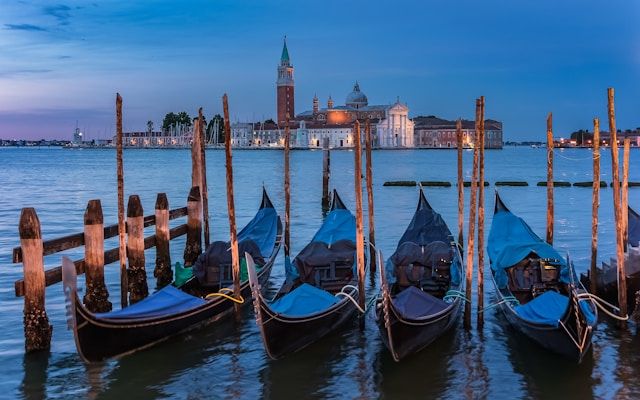In the Venetian culinary scene, one dish stands out for its exclusivity and thousand-year history: moeche of Venice.
These delicate crabs, a symbol of lagoon cuisine, are an authentic gastronomic rarity whose origins go back to the tradition of local fishermen.
However, their future hangs in the balance, threatened by a number of factors that jeopardize their very survival.
In this guide, we will explore the history, tradition, and challenges surrounding moeche, as well as provide tips on how to preserve this gastronomic treasure.
Introduction to the Moeche of Venice

Moeche are small juvenile crabs that inhabit the Venice lagoon and are known for their soft state during the carapace molt phase.
Their name in Venetian dialect means "soft" or "mushy," and they are considered a culinary delicacy, often available only at specific times of the year, such as autumn and spring.
Moeche of Venice: Lagoon history and tradition
The practice of catching and cultivating moeche has ancient roots, dating back at least three centuries.
Fishing communities in the Burano, Chioggia, and Giudecca areas have handed down this tradition from generation to generation.
Moeche are caught during their molting phase and are recognizable by their triangular-shaped folded abdomen.
Moeche of Venice: Fishing process and production
The moeche are caught using special nets called trezze, which are equipped with cylindrical traps called pots.
After capture, the crabs are transported to processing plants, where a delicate sorting operation is carried out.
Experienced fishermen, called molecanti, sort the crabs according to biological stage and raise them in wooden crates called vieri, which are hung from arbors on the bottom of the lagoon.
Challenges and threats to the Moeche of Venice
Venice's moeche face numerous threats that threaten their survival.
Climate change, with its warming waters, is one of the main causes of the decrease in green crab specimens, from which the moeche are selected during the moulting phase.
In addition, the arrival of harmful organisms such as sea nuts in the lagoon contributes to the imbalance of marine biodiversity, negatively affecting the moeche population.
Protecting Venice's Gastronomic Heritage
Preserving moeche and their tradition is crucial not only for Venetian gastronomy, but also for the preservation of the lagoon ecosystem and the livelihood of local communities.
Urgent measures must be taken to protect these precious creatures and ensure that future generations can continue to enjoy this authentic culinary treasure of the Venice Lagoon.

